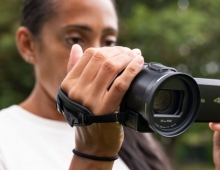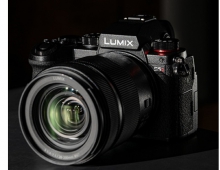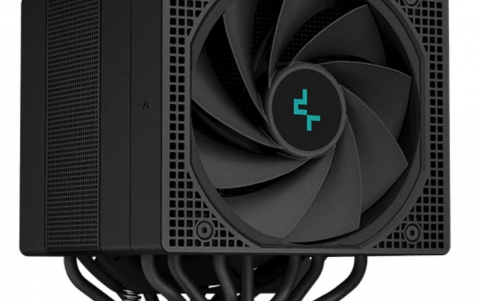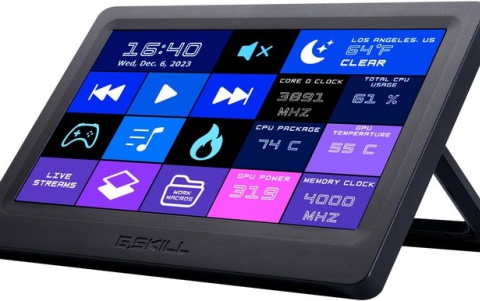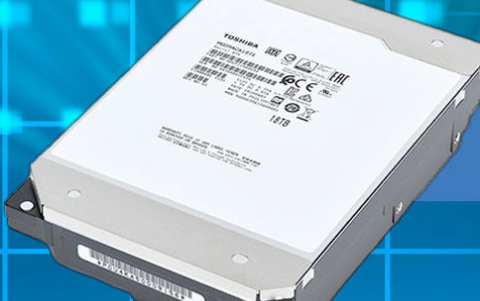
Panasonic Develops First Single-Chip Signal Processing LSI for Blu-ray Disc Players
Panasonic has developed the world's first Blu-ray Disc (BD) player-specific single-chip signal processing LSI, in response to the latest BD standards.
Until now, in order to construct BD players with conventional Blu-ray LSIs, separate front end and back end LSIs were required, in addition to seven external memory chips.
Panasonic's new LSI combines both the front end interface to read the signal from the BD (laser control, servo/data reading, error correction, etc), and a back end (decoder and graphics engine, CPU core, Ethernet controller, etc).
The new LSI will allow Panasonic to offer more compact and BD players that consume significant less power, while they will be compatible with the latest BD-ROM standards version 2, Profile 2. Profile 2 features include functions such as dual-screen simultaneous video playback, high-quality audio playback, and network compatibility.
Video decoding capabilities enable video playback for BD, DVD, and CD media, and the supported standards include MPEG-4 AVC/H.264 and VC-1; high-quality audio playback compatible with lossless coding and dual-screen simultaneous video playback including high definition video. A high-speed graphics engine also enables 2D and 3D graphic processing or curved surface drawing.
Panasonic's latest UniPhier 3 platform technology makes it possible to reuse the 75% of software assets of a BD recorder, enabling Panasonic to improve their development efficiency by three times.
Using a unified memory architecture technology allowed a reduction of about 45% in the major semiconductor parts and an easier integration of LSIs into a single chip using the 45-nanometer process technology.
Two AM32-SMP are built into the LSI's CPU core, running at 350MHz.
Samples of the new LSI (MN2WS006) will begin shipping in June 2008.
Panasonic's new LSI combines both the front end interface to read the signal from the BD (laser control, servo/data reading, error correction, etc), and a back end (decoder and graphics engine, CPU core, Ethernet controller, etc).
The new LSI will allow Panasonic to offer more compact and BD players that consume significant less power, while they will be compatible with the latest BD-ROM standards version 2, Profile 2. Profile 2 features include functions such as dual-screen simultaneous video playback, high-quality audio playback, and network compatibility.
Video decoding capabilities enable video playback for BD, DVD, and CD media, and the supported standards include MPEG-4 AVC/H.264 and VC-1; high-quality audio playback compatible with lossless coding and dual-screen simultaneous video playback including high definition video. A high-speed graphics engine also enables 2D and 3D graphic processing or curved surface drawing.
Panasonic's latest UniPhier 3 platform technology makes it possible to reuse the 75% of software assets of a BD recorder, enabling Panasonic to improve their development efficiency by three times.
Using a unified memory architecture technology allowed a reduction of about 45% in the major semiconductor parts and an easier integration of LSIs into a single chip using the 45-nanometer process technology.
Two AM32-SMP are built into the LSI's CPU core, running at 350MHz.
Samples of the new LSI (MN2WS006) will begin shipping in June 2008.

